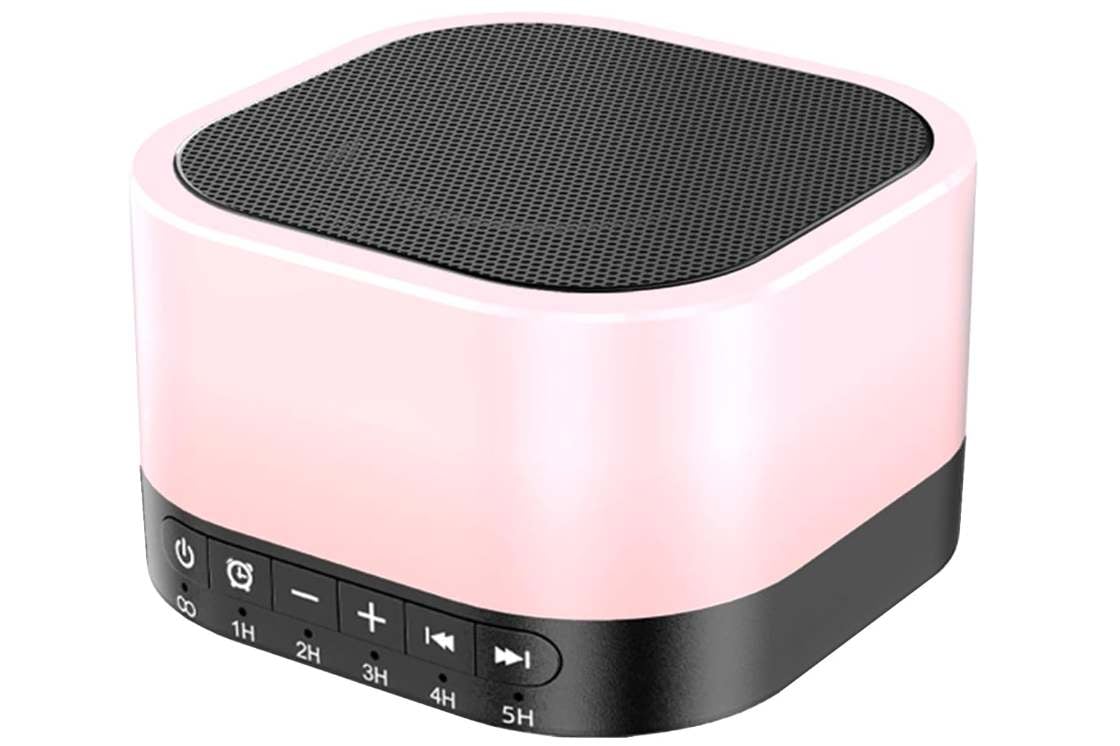Why Poor Posture Causes Shoulder Tension
Shoulder pain from posture is one of the most common complaints among women aged 35–55, especially those who spend hours at a desk, behind the wheel, or gaming. When you hunch forward, round your shoulders, or crane your neck toward a screen, you create muscle imbalances.
Over time, this leads to:
-
Tightness in the chest and upper shoulders
-
Weakness in the upper back
-
Restricted range of motion
-
Increased tension headaches
The good news? Posture correction tips and simple daily habits can help relieve shoulder tension and prevent it from coming back.
1. Correct Your Sitting Posture

Good posture is the foundation for pain relief. Here’s how to adjust your workstation or sitting environment:
-
Keep your ears aligned with your shoulders to avoid a forward head position.
-
Relax your shoulders and keep them slightly back — not stiff.
-
Use ergonomic support like a lumbar cushion to keep your spine aligned and reduce strain on the upper body.
-
Place your screen at eye level to avoid looking down for long periods.
2. Stretch to Relieve Shoulder Tension

Even the best posture won’t save your shoulders if you stay in one position too long. Incorporate these mini-break stretches:
-
Shoulder rolls: Slowly roll shoulders backward 5–10 times to release tension.
-
Neck side stretch: Gently tilt your head to one side, holding for 15–20 seconds per side.
-
Upper back opener: Clasp your hands in front of you and push forward, rounding your upper back slightly.
Tip: Set a timer to remind yourself to move every 30–45 minutes.
3. Strengthen Postural Muscles

Relieving shoulder pain from posture isn’t just about stretching — it’s about strengthening. Focus on exercises that work your upper back, traps, and core, such as:
When these muscles are strong, they naturally support better posture.
4. Use Ergonomic Products for Extra Support

If your daily routine involves hours of sitting, ergonomic cushions and back supports can help relieve shoulder tension by keeping your spine and shoulders in a healthier position.
A BOD Support memory foam seat cushion combined with a lumbar backrest reduces slouching, improves spinal alignment, and lessens the load on your shoulders.
5. Be Aware of Everyday Posture Traps

Poor posture doesn’t just happen at your desk — it sneaks in during phone scrolling, driving, and even relaxing on the couch.
-
Keep your phone at eye level when texting.
-
Adjust your car seat so your shoulders rest comfortably against the backrest.
-
Avoid sitting with your shoulders rounded forward for long periods.
The Bottom Line
Learning how to relieve shoulder tension caused by poor posture is about creating a posture-friendly lifestyle — not just a quick fix. With posture correction tips, daily stretches, and ergonomic seating, you can protect your shoulders, reduce pain, and improve your overall comfort.
If your shoulders ache after long hours of sitting, BOD Support’s ergonomic cushions can help you sit taller, feel better, and move more freely.
Disclaimer: This story is auto-aggregated by a computer program and has not been created or edited by healthlydays.
Publisher: Source link










